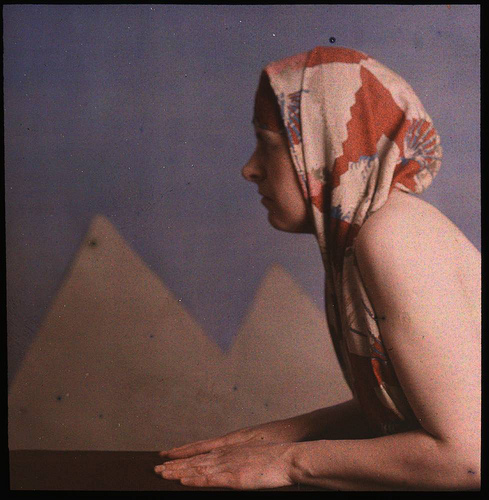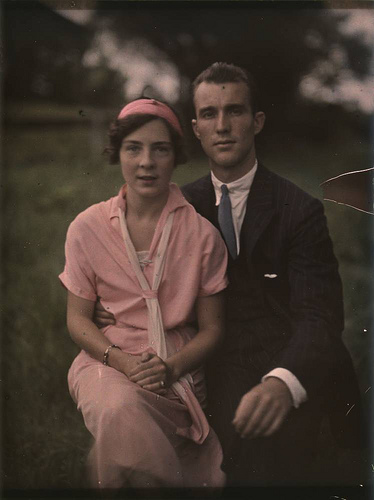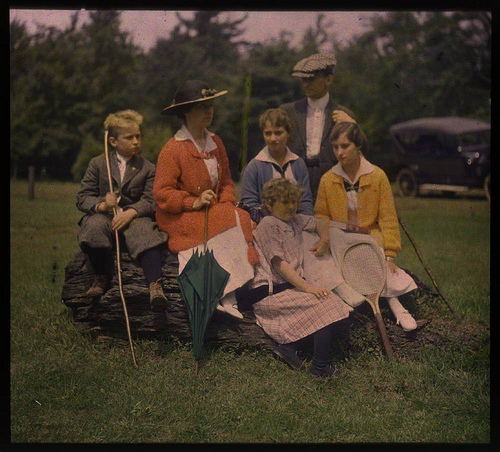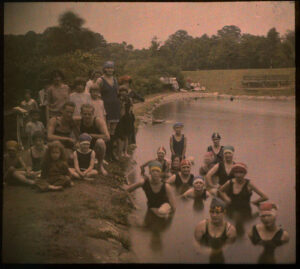
Photography’s earliest practitioners dreamed of finding a method for reproducing the world around them in color. Some nineteenth-century photographers experimented with chemical formulations aimed at producing color images by direct exposure, while others applied paints and powders to the surfaces of monochrome prints. Vigorous experimentation led to several early color processes, some of which were even patented, but the methods were often impractical, cumbersome and unreliable.
After decades of wishing for a practical color process, photographers were thrilled when Auguste and Louis Lumière announced the invention of the autochrome process. The Lumière brothers, inventors of the motion picture camera, presented their invention to the French Academy of Sciences in 1904. The process used a screen of tiny potato starch grains dyed orange-red, green and violet. Dusted onto a glass plate, the dyed grains were covered with a layer of sensitive panchromatic silver bromide emulsion. As light entered the camera, it was filtered by the dyed grains before it reached the emulsion. While the exposure time was very long, the plate could be processed easily by a photographer familiar with standard darkroom procedures. The result was a unique, realistic, positive color image on glass that required no further printing.
George Eastman House has significant holdings of autochromes, including over 3900 examples by amateur photographer Charles Zoller of Rochester, New York. The museum also holds autochromes by Edward Steichen among others.
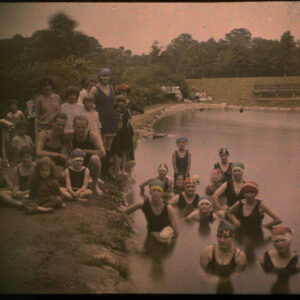


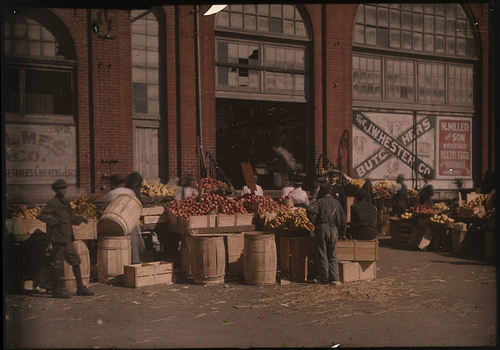






.jpg)

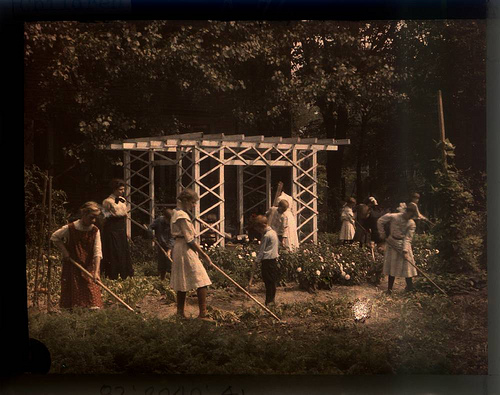
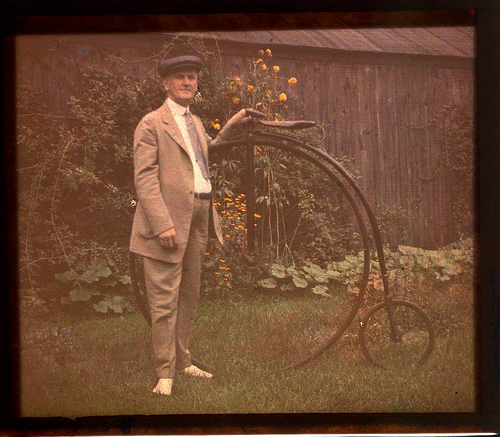
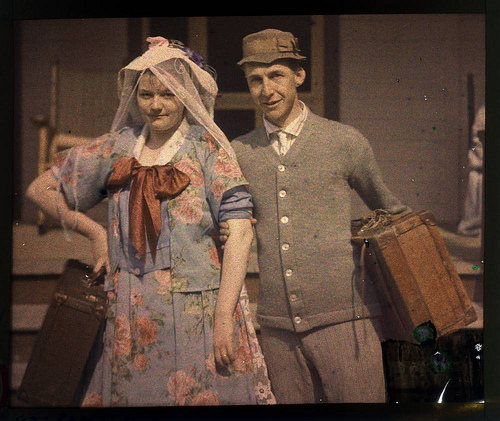

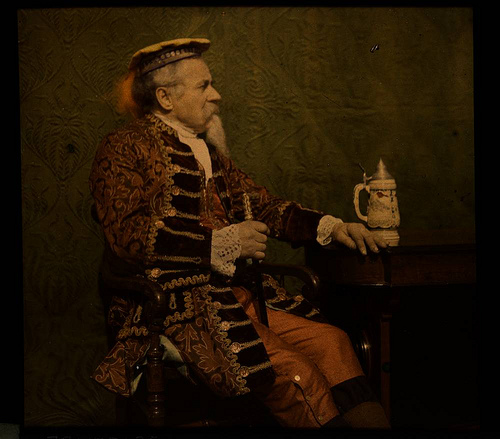

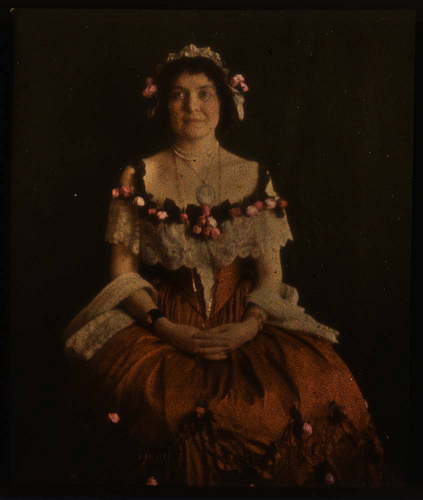
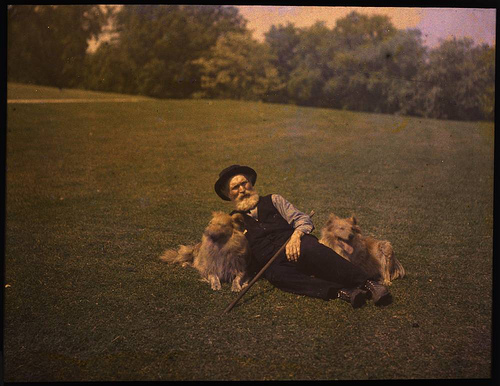







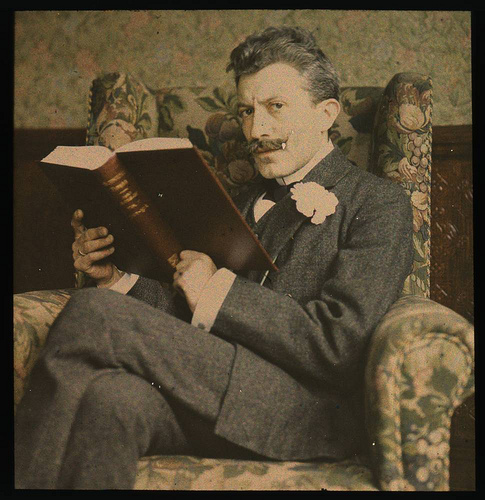







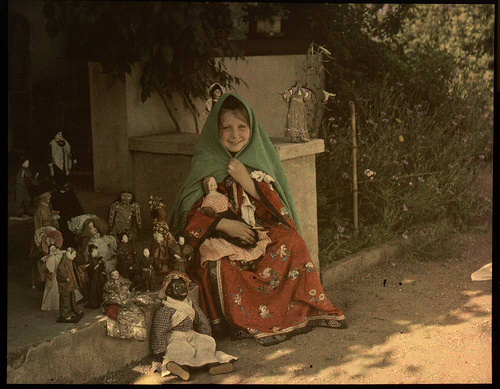


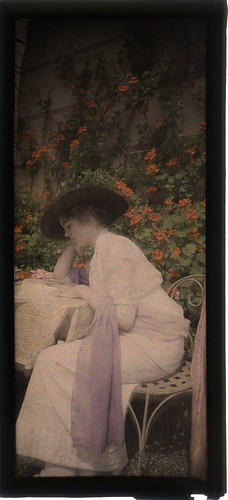


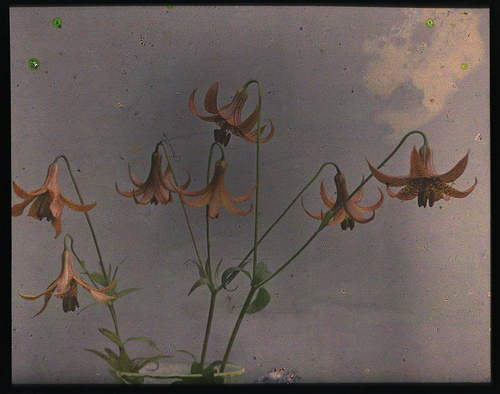






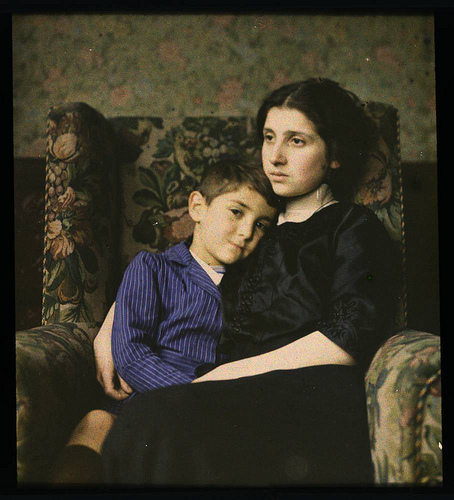




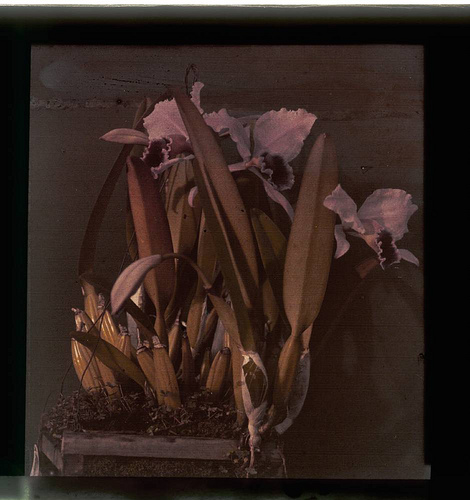


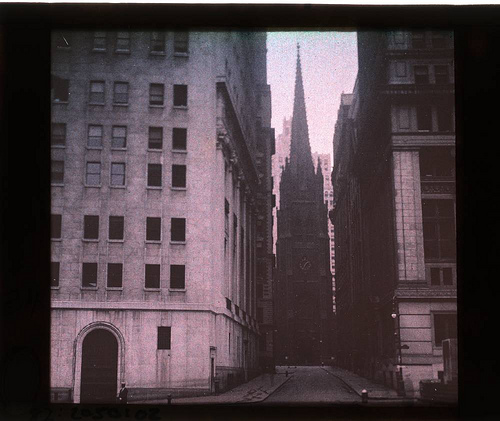


.jpg)
